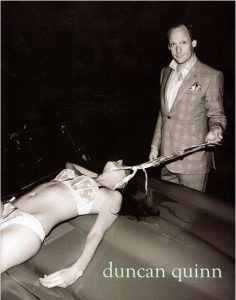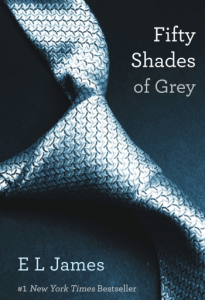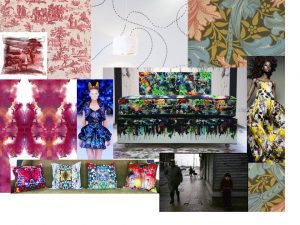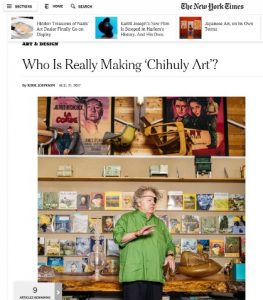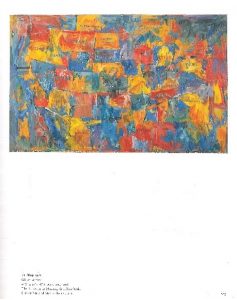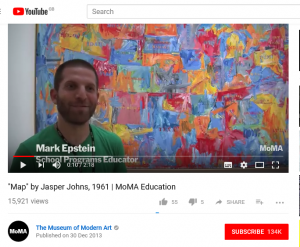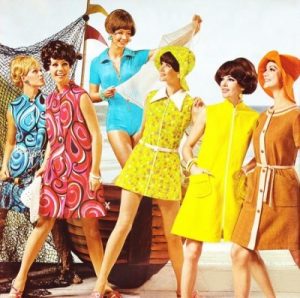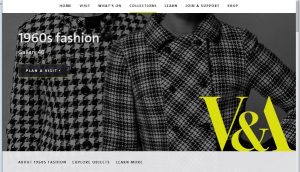As our first semester is coming to an end, I feel that Research and Communication Skills has taught me new techniques which I can carry forward into the second semester. Most of the tasks have included researching designers and analysing their work. Through reflecting on established designers, I have evaluated other issues which have arisen. I believe this has allowed me to thoroughly reflect and evaluate my own practice.
Task 1&2 involved understanding the differences between primary and secondary sources. Once I had understood the differences, I had to find three different types of information. I chose to research into Jasper John’s work due to my project at the time. I found this task useful as, before this lecture, I did not know the difference between primary and secondary sources. Now, I feel that I can conduct research with a variety of resources, to ensure my research is thorough.
Task 3&4 was based around Academic Integrity and for this, I based the task on Dale Chihuly. I found this task extremely helpful as I expanded my knowledge on a subject which I have found nerve-wracking, due to its seriousness. I feel that after this lecture, I understand how to reference various sources. I feel confident to reference where I have found information, when delving deeper into my research and therefore, enhancing my knowledge.
Task 5&6 involved visual research and exploring where, potentially, the designer had gained their inspiration from. I based this task on Timorous Beasties as I find it fascinating how they produce their wallpaper/fabric prints. I enjoyed exploring into potential influences through research into their background. I feel as though this task has broadened my research as, I can explore further and increase my knowledge of different art movements.
Personally, I found task 7&8 the most challenging. I found it difficult as I was not used to reading academic text and having to thoroughly understand it, in order to write a short essay. However, once I had completed the task, I felt a large sense of satisfaction as I was dreading the task and had put it off for several weeks. This was a huge mistake as it meant that I had to catch-up which added more pressure due to the upcoming deadline. Although I dreaded the task, I feel a sense of accomplishment after re-reading over the chapter until I had fully comprehended the information.
Task 9&10 was my favourite task as I learnt how to argue ethical issues through writing. I felt that the discussion in the lecture sparked debate and I found it interesting to listen to other people’s opinions on the controversial topic.
Overall, to conclude, I believe throughout my first semester, I have gained a variety of skills which I can reuse in second semester and throughout my degree.

